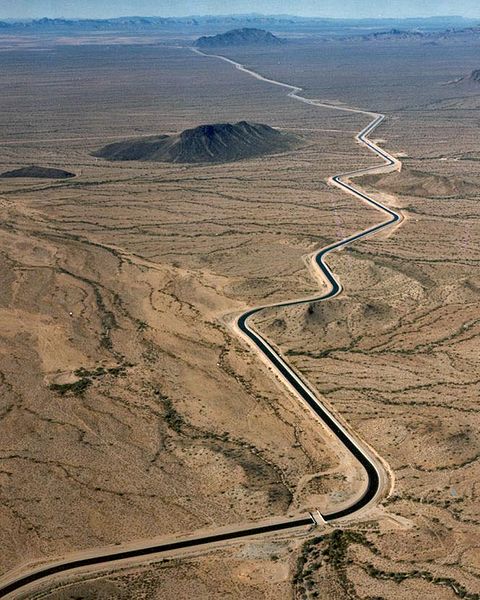How right was Reisner?
Posted on | December 14, 2010 | No Comments
It’s a cliche because it’s true: there’s no drier topic than water. In 1986, Marc Reisner, a former staff writer for the Natural Resources Defense Council, published what may be the most gripping book on the subject. Cadillac Desert begins from an airplane window looking down on land so dry that there appears no way that it could sustain the booming cities of the American Southwest, much less the agriculture that the US government had in mind when it formed the federal Bureau of Reclamation.
He then built the book with a succession of free-standing chapters that read more like magazine pieces, most but not all of which were marveling and disgusted histories of the region’s most famous (and infamous) water projects.
Ignoring the title, Cadillac Desert is not strictly about Western projects, but Resiner’s greatest incredulity was reserved for this dry place. Whether or not those who read it should have formed quite the cult they did around that fabulous writer, Cadillac Desert became the conservationist’s bible/scolding reference of choice/doomsday scenario.
It is still such a touchstone for arguments about Western water policy that this week a group of scientists led by Arizona State University ecologist John Sabo publish the results of a study that test some of Reisner’s central warnings about sediment clogging reservoirs, salt spoiling agriculture and the small matter that we might have ruined almost every river in the West and still be on the path to run out of water.
The Reisner angle to this paper feels like a publicity gimmick, and a cheap one, but it worked well enough that I’m writing this. In any event, Sabo’s group concludes that the funny and fretful guy from the NRDC — and one suspects a hero of theirs — was mainly right in his 1986 classic book (a little off on sedimentation), that our current policy is hellbent. Sabo et al recommend that we steadily take less water from rivers, streams and lakes as our population climbs. But watch for refinements. Confusingly, they use 2000 census results to form their projections/recommendations and they deliberately have not factored in climate change impacts or addressed the state of groundwater reserves, never mind the connection between groundwater and what flows above ground.
Click here to read “Reclaiming fresh water sustainability in the Cadillac Desert” by John L. Sabo et al.
Comments
Leave a Reply



